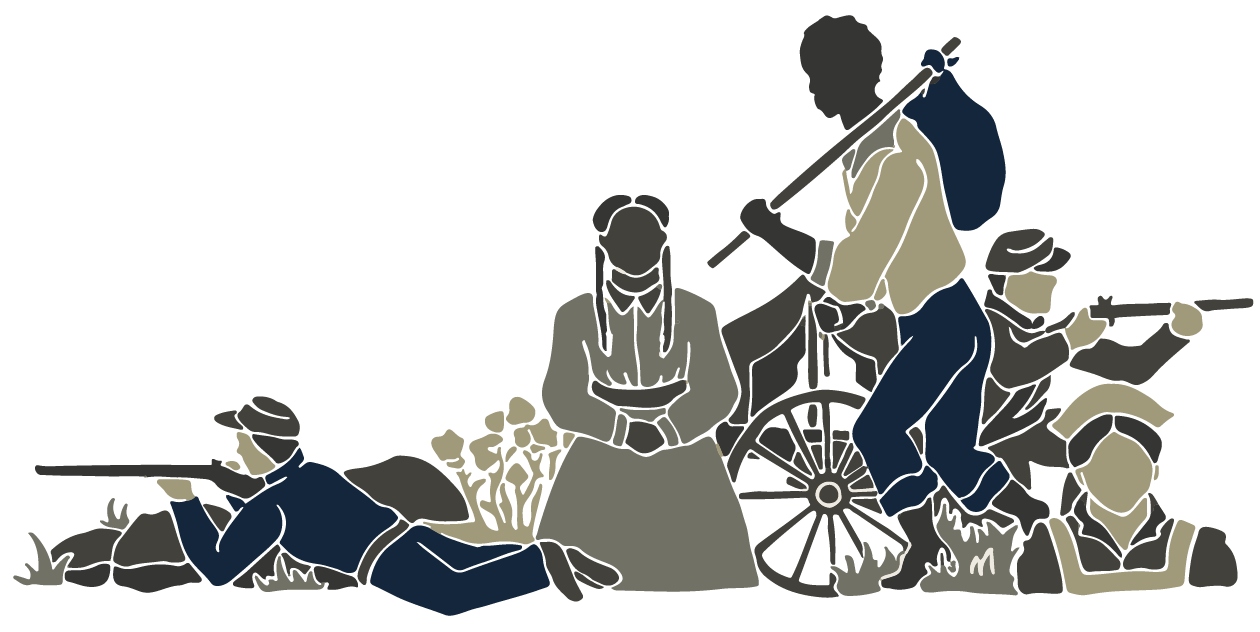7.4/10
100%
Shenandoah focuses on a small family in Virginia attempting to remain isolated from the Civil War in 1864. Despite their desire to remain neutral, interactions with Union and Confederate soldiers force them into the conflict. Shenandoah deals with issues such as abuse of civilians by soldiers, prisoners of war, and religion in time of conflict.
The film tells a human story, rather than a traditional war story. Audiences of the time responded to such themes more positively than to its themes of violence, perhaps reflecting common attitudes toward developing U.S. involvement in the Vietnam War.
Critics commended the casting of Jimmy Stewart as the lead. Both critics and audiences responded positively to the movie’s engagement with deeper themes of war and peace.
FURTHER READING
Books
John C. Inscoe and Robert C. Kenzer, Enemies of the Country: New Perspectives on Unionists in the Civil War South, Athens: University of Georgia Press, 2001.
Daniel Morrison, Reluctant Confederates: Upper South Unionists in the Secession Crisis, Chapel Hill: University of North Carolina Press, 1989.
Brian McKnight, Contested Borderland: The Civil War in Appalachian Kentucky and Virginia, Lexington: University Press of Kentucky, 2006.
Articles
Alfred Brophy, “Land, slaves, and bonds: trust and probate in the pre-civil war Shenandoah Valley,” West Virginia Law Review 119, no. 1 (2016).
Jonathan Noyalas, “‘The Broader and Purer Purpose’:Lessons from the Shenandoah Valley’s Monuments and Battlefield Landscapes on Introducing Elements of Civil War Memory to General Audiences,” Civil War History 62, no. 2 (June 2016).
Tom Nurmi, “Shadows in the Shenandoah:Melville, Slavery, and the Elegiac Landscape,” Leviathin 17, no. 3 (October 2015).
Film Reviews
Howard Thompson, “Civil War Drama: Shenandoah,” New York Times, July 29, 1965,
Eric, Patrick, Eric, “Movie Review: Shenandoah,” Three Movie Buffs, July 3, 2001.
Return to the History of Film and the Civil War Project main page.
